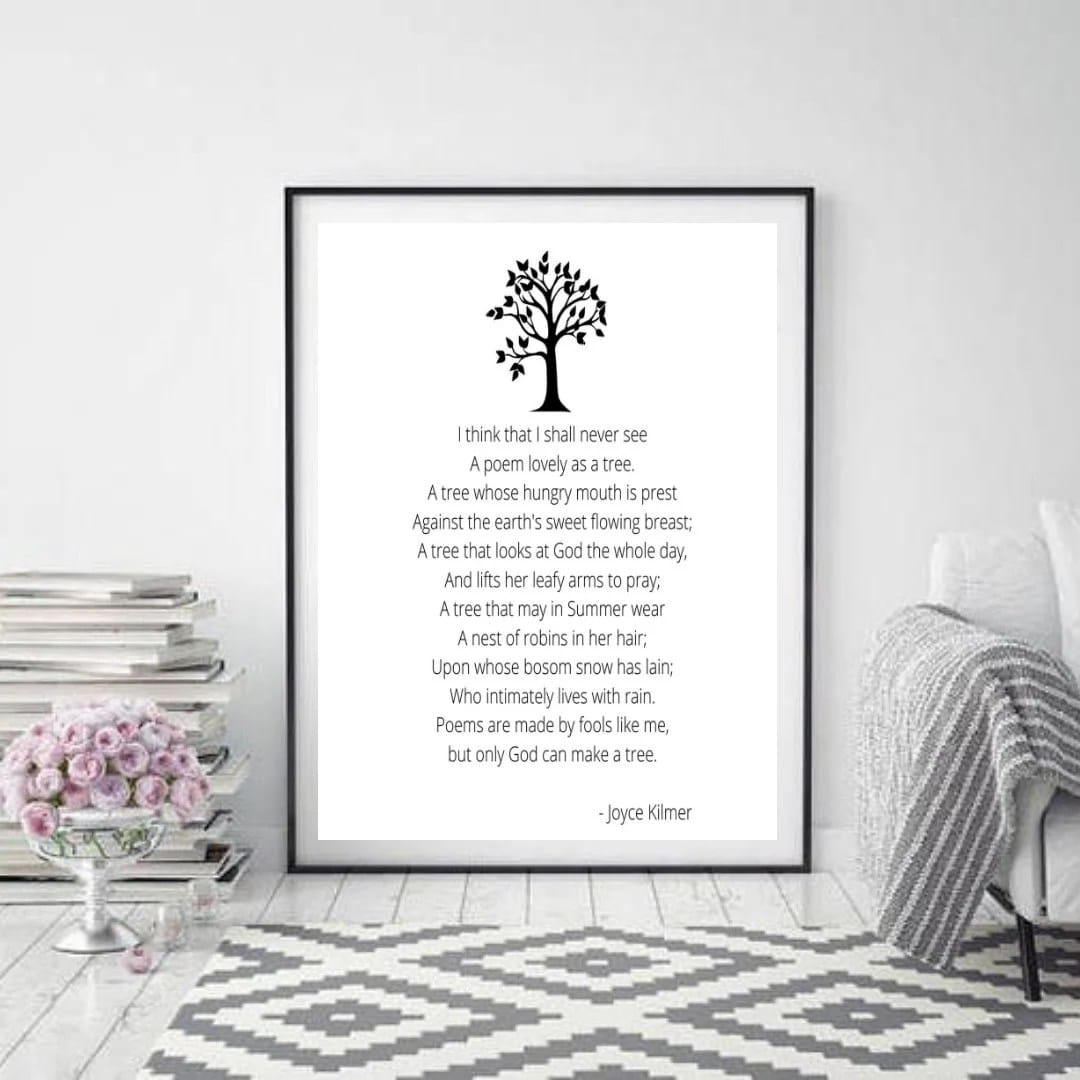A Poem’s Journey Through Time
Imagine standing amidst giants, their branches reaching for the sky. This is the magic of the Joyce Kilmer Trees, a preserved forest in North Carolina named for the celebrated poet. These towering trees, some over 100 feet tall, have stood watch over the mountains for centuries. Their aged bark whispers stories of seasons past, while the forest floor teems with a dazzling array of life. Wildflowers, ferns, birds, and insects all contribute to this symphony of nature. It’s no wonder that artists and poets, like the renowned Joyce Kilmer himself, have found inspiration in these ancient woods.
[https://www.lolaapp.com/jochebed-pronunciation]
Kilmer’s famous poem, “Trees,” captures the soul of this place, reminding us of the quiet power and beauty found in nature. Dedicated individuals work tirelessly to protect these remarkable trees and the vibrant world they shelter, ensuring future generations can experience their magic.
[https://www.lolaapp.com/laodicea-pronunciation]
Unveiling the Meaning of Kilmer’s “Trees”
In “Trees,” Kilmer suggests that nothing surpasses the beauty of a tree. He paints a vivid picture with his words, highlighting their leaves, branches, and sturdy trunks. He emphasizes their significance beyond aesthetics, recognizing them as providers of shelter and even the very air we breathe.
The famous line, “Poems are made by fools like me, But only God can make a tree,” conveys a sense of humility in the face of nature’s power. Kilmer suggests that while humans can create art, the creation of something as intricate and essential as a tree is a power exclusive to a divine being.
The poem’s conclusion takes a spiritual turn, referring to trees as “temples” where humans can connect with something larger than themselves.
Literary interpretation varies, but “Trees” undeniably prompts reflection on the wonders of nature and our place within it. It serves as a gentle reminder that the most extraordinary things are often those we encounter every day.
Delving into the Poem That Ends “Only God Can Make a Tree”
Joyce Kilmer masterfully captures the awe-inspiring power of nature in his renowned poem “Trees.” Kilmer’s opening lines, “I think that I shall never see / A poem lovely as a tree,” convey a profound appreciation for the beauty of the natural world, suggesting that it surpasses even the most skilled human artistry.
This short, twelve-line poem, with its simple yet impactful language, has resonated with readers for generations. Kilmer’s central message is clear: nature’s creations are unmatched in their beauty and wonder. The poem’s enduring popularity speaks to the deep connection people feel with nature and their recognition of a force greater than themselves.
The concluding line, “Only God can make a tree,” elevates the poem beyond a simple appreciation of nature, introducing a spiritual dimension. This statement suggests that a divine power lies behind the splendor of the natural world, inviting readers to contemplate their place within this grand design and their connection to something larger than themselves.
“Trees”: A Symphony of Rhyme and Rhythm
A significant part of the enduring appeal of Joyce Kilmer’s “Trees” lies in its musicality. The poem employs a clear and consistent AABBCCDDEEA rhyme scheme, creating a song-like effect that is both pleasing to the ear and easy to follow.
The repetition of the “AA” rhyme in the first and last couplets (“I think that I shall never see / A poem lovely as a tree” and “Poems are made by fools like me, / But only God can make a tree”) serves to emphasize the poem’s central theme: the unmatched beauty of nature.
Kilmer’s choice of a simple rhyme scheme, alongside the poem’s iambic tetrameter, suggests an intentional effort to mirror the natural world. The steady rhythm evokes the cycles of nature—the changing seasons, the growth and decay of trees, and the continuous cycle of life and renewal.
Despite its simplicity, the rhyme scheme enhances the poem’s emotional impact. Lines like “A tree that looks at God all day, / And lifts her leafy arms to pray” resonate with a sense of reverence and wonder, amplified by the subtle power of rhyme.
Beyond the Lines: Exploring the Legacy of Joyce Kilmer and “Trees”
While “Trees” is undeniably Kilmer’s most famous work, it’s important to understand the context of the poet’s life and the enduring impact of this beloved poem.
Joyce Kilmer: Born in 1886, Kilmer was an American poet, literary critic, lecturer, and soldier. His life was tragically cut short in 1918 at the age of 31 during World War I. Despite his relatively short career, Kilmer left a lasting mark on American literature.
“Trees”: This iconic poem was written in February 1913 and first appeared in Poetry: A Magazine of Verse in August of the same year. It was later included in Kilmer’s 1914 collection Trees and Other Poems.
Critical Reception and Legacy: “Trees” has consistently been one of the most popular and frequently quoted poems in the English language, often memorized by schoolchildren. It has inspired musical adaptations and been referenced countless times in literature and popular culture. While some critics find its language and themes simplistic, the poem’s enduring appeal lies in its accessibility and ability to resonate with readers of all ages.
Themes and Symbolism: “Trees” explores themes of God’s creation, the wonder of nature, the limitations of human art, and the search for spiritual connection. The tree itself becomes a powerful symbol of strength, resilience, and the divine.
Kilmer’s Lasting Impact: While “Trees” is often praised for its simplicity and emotional resonance, it also offers a starting point for deeper reflection. The poem can be interpreted as a call for environmentalism, reminding us of the importance of protecting and appreciating the natural world.
“Trees”: A Timeless Testament to Nature’s Power
Joyce Kilmer’s “Trees” continues to resonate with readers nearly a century after its creation. Its simple yet profound message about the beauty and wonder of nature, coupled with its accessible language and evocative imagery, has secured its place as a cornerstone of American poetry. More than just a poem, “Trees” stands as a testament to the enduring power of nature to inspire, humble, and connect us to something larger than ourselves.
- Unveiling the Enigma: Mansoureh Khojasteh Bagherzadeh’s Public Appearances & Private Life in Iran - July 18, 2025
- Unveiling the Mystery: Mansoureh Khojasteh Bagherzadeh’s Husband: A Rare Glimpse into a Private Life - July 18, 2025
- Unveiling Masoud Khamenei’s Mother: Power, Influence, and Iran’s Future - July 18, 2025
















